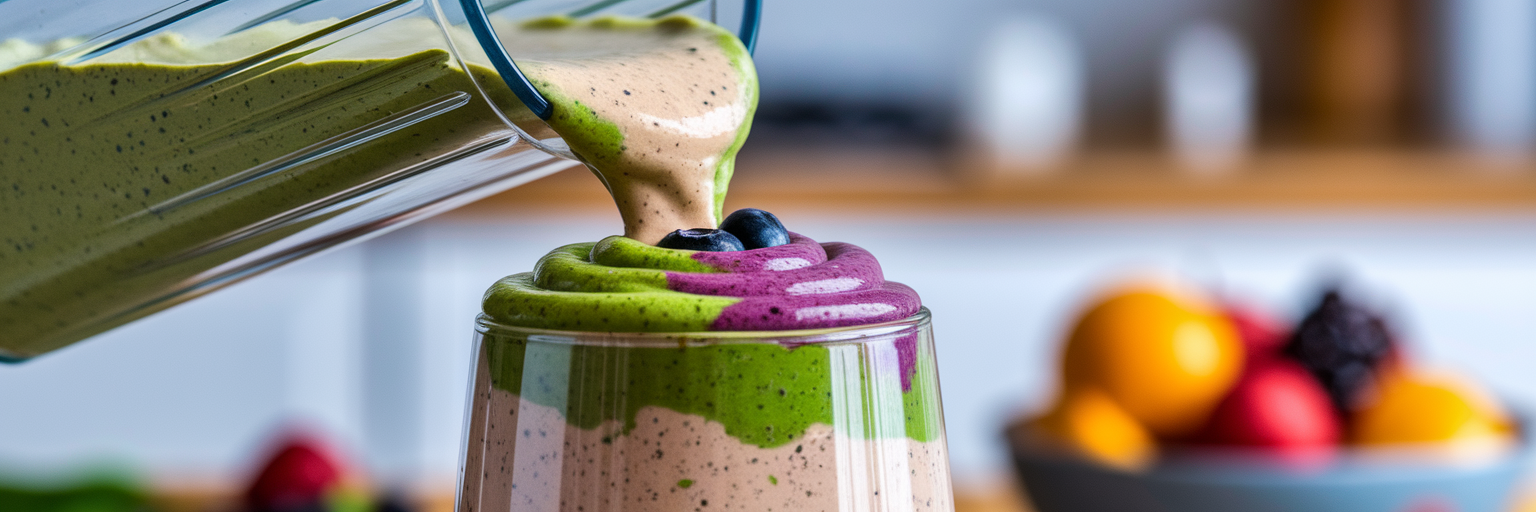Understanding the Unique Needs of a Growing Athlete
Watching your teen juggle school, social life, and sports is a balancing act. Their bodies are performing an even more incredible feat. Adolescence is a critical period of growth, but for an athlete, the body is doing double duty: managing growth spurts while also recovering from intense physical activity. This means their nutritional needs are not just those of a smaller adult; they are significantly higher.
Think of their body as a construction site that is also a factory running 24/7. It’s constantly building new structures like bone and muscle while also manufacturing everything needed to operate day-to-day. Protein is the essential raw material for it all. It’s the fundamental building block for muscle repair, bone density, hormone production, and a strong immune system. According to health authorities like the National Institutes of Health, adequate protein intake is vital during these formative years.
Meeting these heightened demands is crucial for preventing injuries and ensuring they develop properly. When protein intake falls short, recovery slows down, and the risk of fatigue and setbacks increases. This is where a solid teen athlete nutrition guide becomes so important, helping you make informed choices to support their journey. Understanding this foundational need for quality protein is the first step toward helping them thrive.
How Plant-Based Protein Supports Teen Performance

With those high nutritional needs in mind, finding convenient and effective solutions is key. A high-quality vegan protein powder can be an excellent tool to supplement a whole-foods diet, not replace it. It’s a practical way to ensure your teen gets the protein they need, especially after a tough practice or on a busy school day.
Let's clear up a common question: can plants provide enough protein? Absolutely. The key is understanding the concept of a "complete protein," which contains all nine essential amino acids our bodies can't make on their own. As highlighted by experts at the Harvard T.H. Chan School of Public Health, combining different plant sources creates a powerful synergy. For instance, pea protein is rich in the amino acid lysine, while rice protein is high in methionine. When blended, they create a complete amino acid profile that supports muscle growth and repair effectively.
Concerns about digestibility are also becoming a thing of the past. While some plant sources were historically harder for the body to break down, modern processing has made them much more bioavailable. The takeaway for parents is that a varied, plant-rich diet, supported by the best plant based protein powder featuring a multi-source blend, is a fantastic strategy for performance. For a deeper look at how different protein types stack up, you can explore some of our insights on the best protein powders.
Decoding the Nutrition Label: What to Look For
Standing in the supplement aisle can feel overwhelming. When you're focused on choosing protein powder for teens, a few key details on the nutrition label can guide you to the right choice. Let's break down what to look for.
Protein Per Serving: Aim for the Sweet Spot
More isn't always better. For a teen athlete, a serving size of 15-20 grams of protein is an effective amount for post-workout recovery. This provides the necessary building blocks for muscle repair without overloading their system.
The Amino Acid Profile: Look for a Complete Blend
Check the ingredient list for a "multi-source blend" that combines proteins like pea, rice, and hemp. This is your best indicator of a complete amino acid profile, which is essential for supporting growth and recovery. A transparent label that lists its amino acids is a great sign of a quality product.
Third-Party Certifications: Your Stamp of Trust
For a teen's developing body, purity is paramount. Look for seals that signal safety and quality. A USDA Organic seal ensures the ingredients were grown without prohibited pesticides, while the Non-GMO Project Verified seal confirms it's free from genetically modified organisms. These certifications offer peace of mind.
Fortified with Key Nutrients
Some vegan protein powders offer an extra nutritional boost. Look for formulas fortified with nutrients that can be harder to get on a plant-based diet, such as iron, vitamin B12, and calcium. These additions help fill potential gaps and support overall health. For more tips on healthy eating, feel free to browse our blog.
| Label Component | What to Look For | Why It Matters for Teens |
|---|---|---|
| Protein per Serving | 15-20 grams | Provides an effective dose for muscle repair without being excessive. |
| Protein Source | 'Multi-source blend' (e.g., pea, rice, hemp) | Ensures a complete amino acid profile for optimal growth and recovery. |
| Sugar Content | Less than 5g per serving (ideally 0-2g) | Avoids unnecessary sugar crashes and empty calories. |
| Certifications | USDA Organic, Non-GMO Project Verified | Guarantees the product is free from prohibited pesticides and genetically modified ingredients. |
| Added Nutrients | Iron, Vitamin B12, Calcium | Helps fill common nutritional gaps in a plant-based diet. |
Clean Ingredients: What to Avoid in Your Teen's Protein

Just as important as what’s in the protein powder is what’s not. A "less is more" philosophy is your best friend here. The goal is to find clean, safe protein supplements for teens by avoiding unnecessary additives that offer no nutritional value.
Keep an eye out for these ingredients on the label:
- Artificial Sweeteners: Ingredients like sucralose and aspartame can sometimes cause digestive upset and are best avoided in a teen's diet.
- Artificial Colors and Flavors: Additives like Red 40 are purely for cosmetic purposes and have no place in a health-focused product.
- Fillers: Unnecessary fillers like maltodextrin or excessive gums can add empty calories and may lead to bloating in sensitive individuals.
Allergens are another critical consideration. Always check for clear allergen statements and look for certifications like "Certified Gluten-Free" if needed. As research in the Journal of the International Society of Sports Nutrition often highlights, minimizing potential irritants is important for athletic performance. Finally, be wary of the term "proprietary blend." This can be used to hide the exact amounts of each ingredient. A transparent label is always the better, safer choice for your teen.
Tips for Taste, Texture, and Consistency
Let's be honest: if your teen won't drink it, the nutritional benefits don't matter. The biggest hurdle is often taste and texture. The good news is that with a few simple tricks, you can make a protein shake they’ll actually look forward to.
Start with versatile flavors like vanilla or unflavored powders, which can be easily customized. Look for products sweetened naturally with stevia or monk fruit instead of sugar. From there, blending is your best friend. Here are a couple of teen-approved ideas:
- Chocolate Peanut Butter Power-Up: Blend one scoop of our chocolate vegan protein, one banana, a tablespoon of peanut butter, and unsweetened almond milk.
- Tropical Recovery Smoothie: Mix one scoop of vanilla protein, a handful of frozen mango and pineapple, a splash of coconut water, and a few spinach leaves.
These simple recipes boost both flavor and nutrition. For more inspiration, check out these easy vegan protein recipes. If your teen experiences bloating, it might be worth trying a powder with added digestive enzymes or switching to a single-source protein to see if that helps.
Perfecting the Timing for Peak Recovery
You've chosen a clean, tasty protein. Now, when should your teen drink it? The timing can make a real difference. Experts often talk about a "recovery window," which is the 30-60 minute period right after a workout. During this time, their muscles are primed to absorb nutrients like protein to begin the repair process.
A shake with 15-20 grams of protein during this window is a great habit. However, remember that the ideal amount can vary based on your teen's weight, the intensity of their training, and their overall diet. The goal is to use vegan protein for teen athletes as a strategic tool to complement their meals.
Most importantly, we believe that protein powder should always be a supplement to a balanced diet rich in whole foods, not a replacement for it. It’s there to fill the gaps and make recovery more convenient.
If you found this guide helpful, please share it with other parents or coaches. And when you're ready, feel free to explore our collection of clean, teen-friendly vegan proteins designed to support your growing athlete.



